Home>Dining>Tableware>How To Wash Tableware In A Three-Compartment Sink
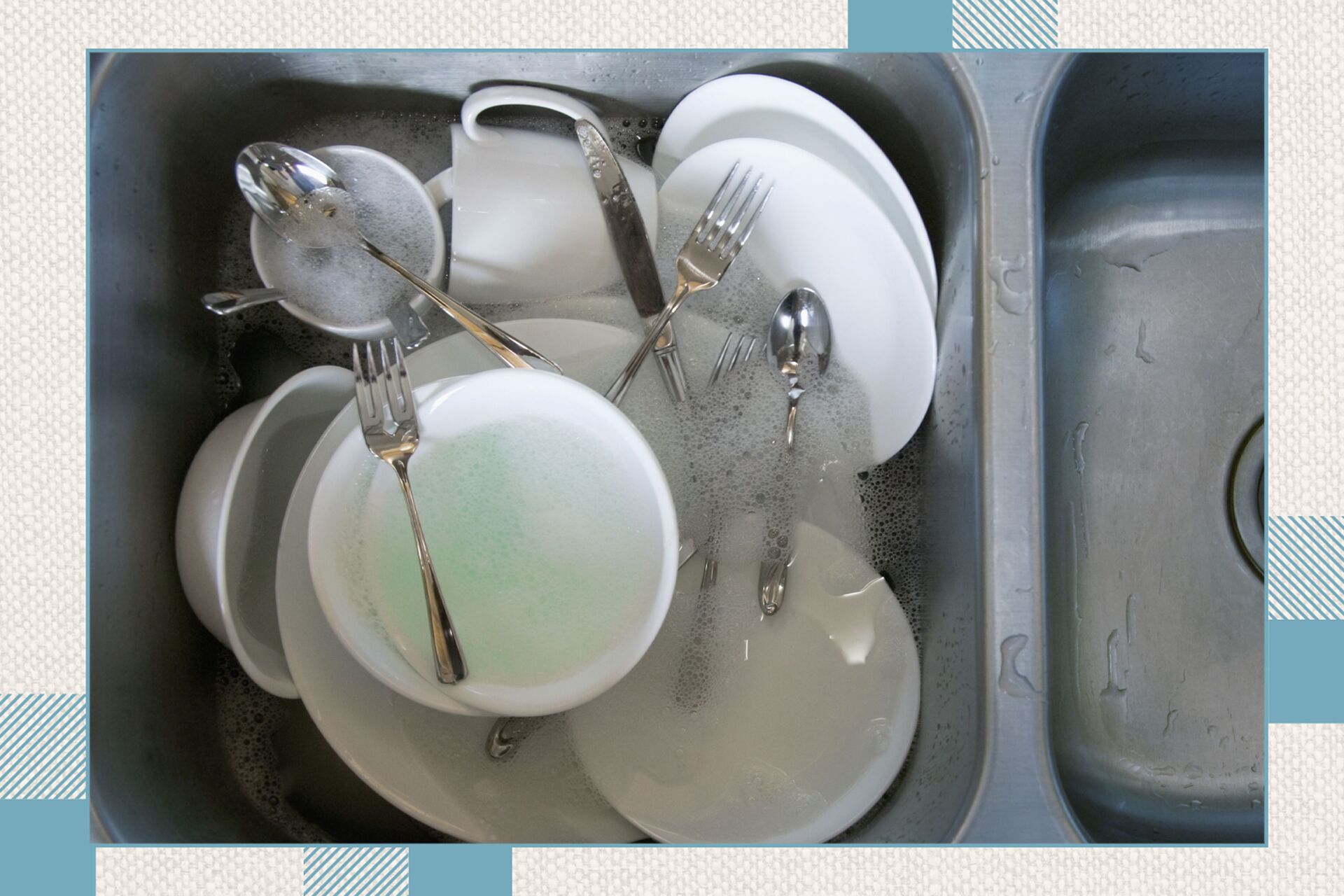

Tableware
How To Wash Tableware In A Three-Compartment Sink
Modified: February 24, 2024
Learn the proper way to wash tableware in a three-compartment sink, ensuring cleanliness and hygiene. Simplify the process of cleaning and maintaining your dishes and cutlery safely.
(Many of the links in this article redirect to a specific reviewed product. Your purchase of these products through affiliate links helps to generate commission for Storables.com, at no extra cost. Learn more)
Introduction
Tableware is an essential part of any dining experience, whether it’s a family meal at home or a lavish dinner party. Properly washing and caring for your tableware not only ensures its longevity but also promotes cleanliness and hygiene. One effective method of cleaning tableware is by using a three-compartment sink.
In this article, we will guide you through the step-by-step process of washing tableware in a three-compartment sink. From pre-washing to sanitizing and storing, we will cover all the necessary steps to keep your tableware spotless and ready for use.
Before we delve into the details, it’s important to note that a three-compartment sink is typically used in commercial or professional settings. However, you can also adapt this method for home use if you have the space and equipment.
Now, let’s get started on our journey to a sparkling, clean tableware collection!
Key Takeaways:
- Efficiently wash and sanitize tableware in a three-compartment sink by following a step-by-step process, ensuring cleanliness, hygiene, and safe use for everyday meals or special occasions.
- Properly prepare the sink, pre-wash, wash, rinse, sanitize, and dry tableware to maintain longevity and cleanliness, paying attention to delicate items and following safety guidelines.
Step 1: Preparing the Three-Compartment Sink
Before you begin washing your tableware, it’s crucial to properly set up and prepare the three-compartment sink. This will ensure an efficient and organized cleaning process. Here’s what you need to do:
- Gather your supplies: Collect all the necessary items, including a three-compartment sink, cleaning solution or detergent, scrub brushes or scouring pads, a thermometer, and protective gloves.
- Clean and sanitize the sink: Thoroughly clean the sink to eliminate any dirt, debris, or bacteria. Use a mild detergent and warm water to scrub the sink’s surfaces, including the compartments and drainage areas. Rinse the sink with clean water and then sanitize it by using a suitable sanitizing solution. Follow the manufacturer’s instructions for the correct concentration and contact time.
- Organize the compartments: Assign specific functions to the three compartments. Typically, the first compartment is used for pre-washing or scraping off excess food, the second compartment is for rinsing, and the third compartment is for sanitizing. Clearly label each compartment to avoid confusion during the washing process.
- Check water temperatures: Proper water temperatures are vital for effective cleaning and sanitizing. Use a thermometer to ensure that the water in the first compartment is around 110°F (43°C) for pre-washing, the second compartment is between 110°F and 120°F (43°C and 49°C) for rinsing, and the third compartment is at least 170°F (77°C) for sanitizing. Adjust the water temperature as needed.
- Ensure ample drying space: Set up a designated area for drying and inspecting the washed tableware. Make sure there is enough room for the items to air dry completely before storing them away.
By properly preparing the three-compartment sink, you create an efficient and organized setup for washing your tableware. This ensures that the cleaning process is smooth and effective, resulting in spotless and hygienic tableware ready for use.
Step 2: Pre-Washing the Tableware
Pre-washing is the first step in the tableware washing process and involves removing any excess food particles or debris before the actual washing begins. This step is crucial as it helps to prevent clogging the sink and ensures a cleaner final result. Here’s how to pre-wash your tableware:
- Gather the dirty tableware: Collect all the used tableware that needs to be washed. Separate the different types of tableware such as plates, glasses, utensils, and bowls to make the pre-washing process easier.
- Scrape off excess food: Use a plastic scraper or a soft-bristled brush to remove any leftover food from the tableware. Gently scrape off any solid particles into a garbage bin or a compost container before placing the tableware in the sink.
- Soak stubborn stains: If there are stubborn food stains or dried-on residue, consider soaking the tableware in warm soapy water for a few minutes. This will help loosen the stains and make them easier to remove during the washing process.
- Arrange the tableware in the first compartment: Place the pre-washed tableware in the first compartment of the sink. Make sure not to overcrowd the sink to allow for effective cleaning. If necessary, you can wash the tableware in small batches.
- Fill the first compartment with warm water and detergent: Fill the first compartment of the sink with warm water and add an appropriate amount of dishwashing detergent. The water temperature should be around 110°F (43°C), which helps to break down grease and food residue. Follow the instructions on the detergent packaging for the recommended amount.
- Scrub and rinse the tableware: Using a scrub brush or sponge, scrub each piece of tableware to remove any remaining food particles. Pay attention to the edges, corners, and handles. Once scrubbed, rinse the pre-washed tableware under running water to remove the soap and food residue.
- Transfer to the second compartment: After rinsing, transfer the pre-washed tableware to the second compartment of the sink for further cleaning and rinsing. This helps to separate the dirty dishes from the clean ones and ensures a more thorough washing process.
Pre-washing your tableware is a crucial step to remove excess food particles and prepare them for the main washing process. By following these steps, you will ensure that your tableware is free from debris and ready for a deep cleanse in the subsequent steps.
Step 3: Washing the Tableware in the First Compartment
Now that you have pre-washed your tableware and removed any excess food particles, it’s time to move on to the actual washing process. The first compartment of the three-compartment sink is dedicated to washing the tableware. Here’s how to effectively wash your tableware:
- Fill the first compartment with warm water and detergent: Fill the first compartment of the sink with warm water, maintaining a temperature of around 110°F (43°C). Add an appropriate amount of dishwashing detergent. Make sure to read the instructions on the detergent package for the recommended dosage.
- Organize the tableware: Arrange the pre-washed tableware in the first compartment, making sure not to overcrowd the sink. This allows for proper circulation of water and detergent around each item.
- Scrub the tableware: Using a scrub brush or sponge, thoroughly scrub each piece of tableware. Pay attention to all surfaces, including the exterior, interior, handles, and edges. Ensure that you remove any remaining food particles or stains.
- Focus on delicate items: If you have delicate or fragile tableware, such as fine china or glassware, handle them with extra care. Use a gentle touch when scrubbing to avoid any damage or breakage.
- Rinse the tableware: Once you have scrubbed the tableware, transfer each piece to the second compartment of the sink for rinsing. Rinse each item under running water to remove any soap residue.
When washing the tableware in the first compartment, it’s important to ensure that you scrub each item thoroughly to remove any remaining food particles or stains. Properly cleaning the tableware in this step sets the foundation for the subsequent rinsing and sanitizing stages.
Remember to periodically replace the water and detergent in the first compartment as needed, especially if the water becomes too soapy or dirty. The goal is to maintain a clean and effective washing environment for your tableware.
When washing tableware in a three-compartment sink, always start with the wash compartment for hot soapy water, then rinse in the second compartment with clean water, and finally sanitize in the third compartment with a sanitizing solution.
Step 4: Rinsing the Tableware in the Second Compartment
After washing the tableware in the first compartment of the three-compartment sink, it’s time to move on to the second compartment for rinsing. This step helps to remove any remaining soap residue and ensures that the tableware is clean and ready for sanitization. Here’s how to rinse your tableware effectively:
- Prepare the second compartment: Fill the second compartment of the sink with clean, warm water. Maintain a temperature between 110°F and 120°F (43°C and 49°C). This temperature range helps to enhance the rinsing process.
- Transfer the tableware to the second compartment: Take each piece of washed tableware from the first compartment and place it in the second compartment for rinsing. Make sure not to overcrowd the sink to allow for effective rinsing.
- Rinse under running water: Take each item and rinse it thoroughly under running water. Ensure that all surfaces, including the handles, rims, and interiors, are rinsed to remove any remaining soap residue.
- Inspect for soap bubbles: As you rinse each piece, check for any signs of soap bubbles. If you see any, continue rinsing until all traces of soap are removed.
- Pay attention to glassware: Delicate glassware requires special attention during the rinsing process. Hold each piece securely and rinse it gently to avoid breaking or chipping.
Rinsing the tableware in the second compartment is crucial to eliminate any remaining soap residue. It ensures that your tableware is thoroughly clean and ready for the final step of sanitizing.
Remember to periodically replace the water in the second compartment as needed, especially if it becomes too soapy or dirty. Clean water ensures an effective rinsing process, resulting in spotless tableware.
Read more: How To Use A Three Compartment Sink
Step 5: Sanitizing the Tableware in the Third Compartment
Sanitizing your tableware is a crucial step in the washing process to ensure that it is free from harmful bacteria and ready for safe use. The third compartment of the three-compartment sink is dedicated to this sanitizing step. Follow these steps to effectively sanitize your tableware:
- Prepare the third compartment: Fill the third compartment of the sink with hot water, preferably at a temperature of at least 170°F (77°C). This high temperature helps to kill bacteria and other microorganisms on the tableware.
- Use a sanitizing solution: You can enhance the sanitizing process by adding a suitable sanitizing solution to the hot water in the third compartment. Follow the manufacturer’s instructions for the correct amount and contact time based on the specific sanitizing product you are using.
- Transfer tableware to the third compartment: Take each piece of rinsed tableware and place it in the third compartment for sanitization. Submerge the tableware fully in the hot water and sanitizing solution.
- Ensure proper contact time: Allow the tableware to soak in the sanitizing solution for the recommended contact time specified by the manufacturer. This ensures that the solution effectively kills any remaining bacteria on the tableware’s surfaces.
- Remove and drain: After the designated contact time, remove the tableware from the third compartment and allow it to drain excess water. Place the sanitized tableware on a clean, designated drying rack or surface.
Sanitizing your tableware in the third compartment is crucial for maintaining hygiene and preventing the spread of harmful bacteria. It ensures that your tableware is safe for use, especially when serving food to others.
Remember to regularly check the water temperature and replace the sanitizing solution as necessary to maintain its effectiveness. Additionally, follow the guidelines provided by your local health department or regulatory bodies for specific requirements on sanitizing tableware in your region.
Step 6: Drying and Storing the Tableware
The final step in the tableware washing process is to properly dry and store the sanitized tableware. This ensures that your clean tableware remains in pristine condition and is ready for future use. Follow these steps for effective drying and storage:
- Inspect for moisture: Before drying, visually inspect each piece of tableware to ensure that there is no remaining moisture. Any wet or damp spots can lead to the growth of bacteria or mold during storage.
- Air dry: Place the sanitized tableware on a clean, designated drying rack or surface. Allow the tableware to air dry completely before storing it. This prevents the formation of water spots or streaks on the tableware’s surfaces.
- Avoid stacking while wet: Make sure not to stack or nest the tableware while it is still wet. Stacking can trap moisture between the pieces, leading to prolonged drying time and potential damage.
- Polish, if necessary: If you notice any water spots or streaks on the dried tableware, use a soft, lint-free cloth to polish the surfaces. This will help to achieve a perfect, spotless finish.
- Store in a clean and organized manner: Once the tableware is fully dry and polished, store it in a clean and organized manner. Stack plates, bowls, and saucers vertically to prevent scratches, and nest similar items together to save space. Utensils can be stored in utensil holders or dividers to keep them separated and easily accessible.
- Protect delicate pieces: For delicate or fragile tableware, such as glassware or fine china, consider using protective sleeves, dividers, or storage boxes to prevent chipping or breakage.
Properly drying and storing your tableware ensures that it remains clean, safe, and ready for use. By following these steps, you can extend the lifespan of your tableware and ensure its longevity.
Always refer to the manufacturer’s guidelines for specific instructions on drying and storing your particular type of tableware to avoid any potential damage or deterioration.
Conclusion
Properly washing and caring for your tableware is essential for maintaining cleanliness, hygiene, and longevity. Using a three-compartment sink provides an efficient and thorough method for washing your tableware. By following the step-by-step process outlined in this article, you can ensure that your tableware remains spotless and ready for use.
Remember to begin by preparing the three-compartment sink, ensuring cleanliness and proper water temperatures in each compartment. Pre-washing your tableware helps remove excess food particles, while washing and rinsing steps remove stains and soap residue. Sanitizing is crucial to eliminate bacteria, and proper drying and storage prevent damage and maintain cleanliness.
Throughout the process, it’s important to pay attention to delicate tableware, use appropriate cleaning solutions, and follow safety guidelines. By following these steps, your tableware will not only appear sparkling clean, but it will also be hygienic and safe for use.
Lastly, always refer to the manufacturer’s guidelines and local health department recommendations for specific instructions and regulations regarding tableware washing and sanitation.
So, go ahead and put these steps to practice in washing your tableware. Enjoy the satisfaction of using sparkling clean and hygienic tableware for your everyday meals or special occasions!
Frequently Asked Questions about How To Wash Tableware In A Three-Compartment Sink
Was this page helpful?
At Storables.com, we guarantee accurate and reliable information. Our content, validated by Expert Board Contributors, is crafted following stringent Editorial Policies. We're committed to providing you with well-researched, expert-backed insights for all your informational needs.
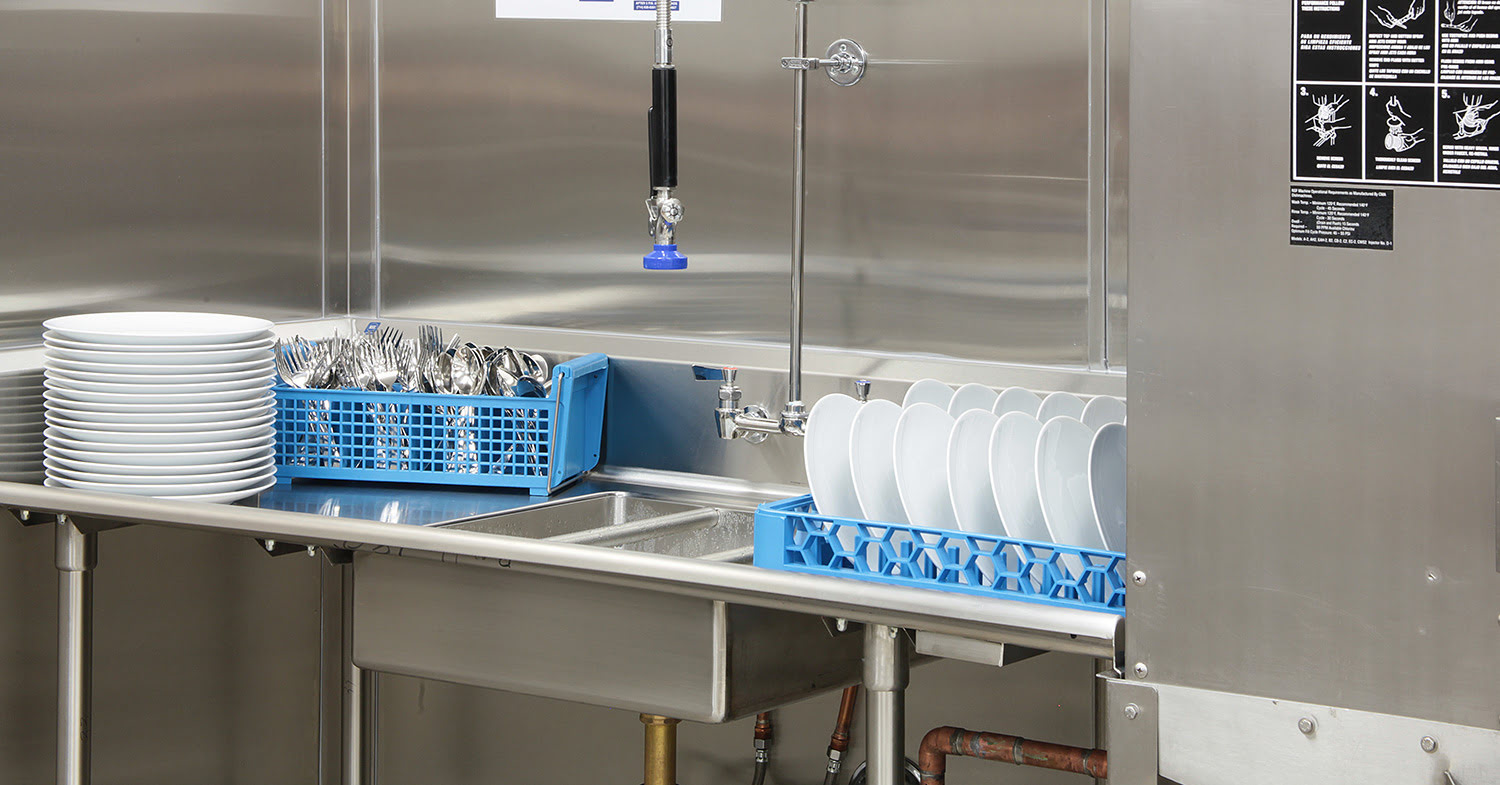
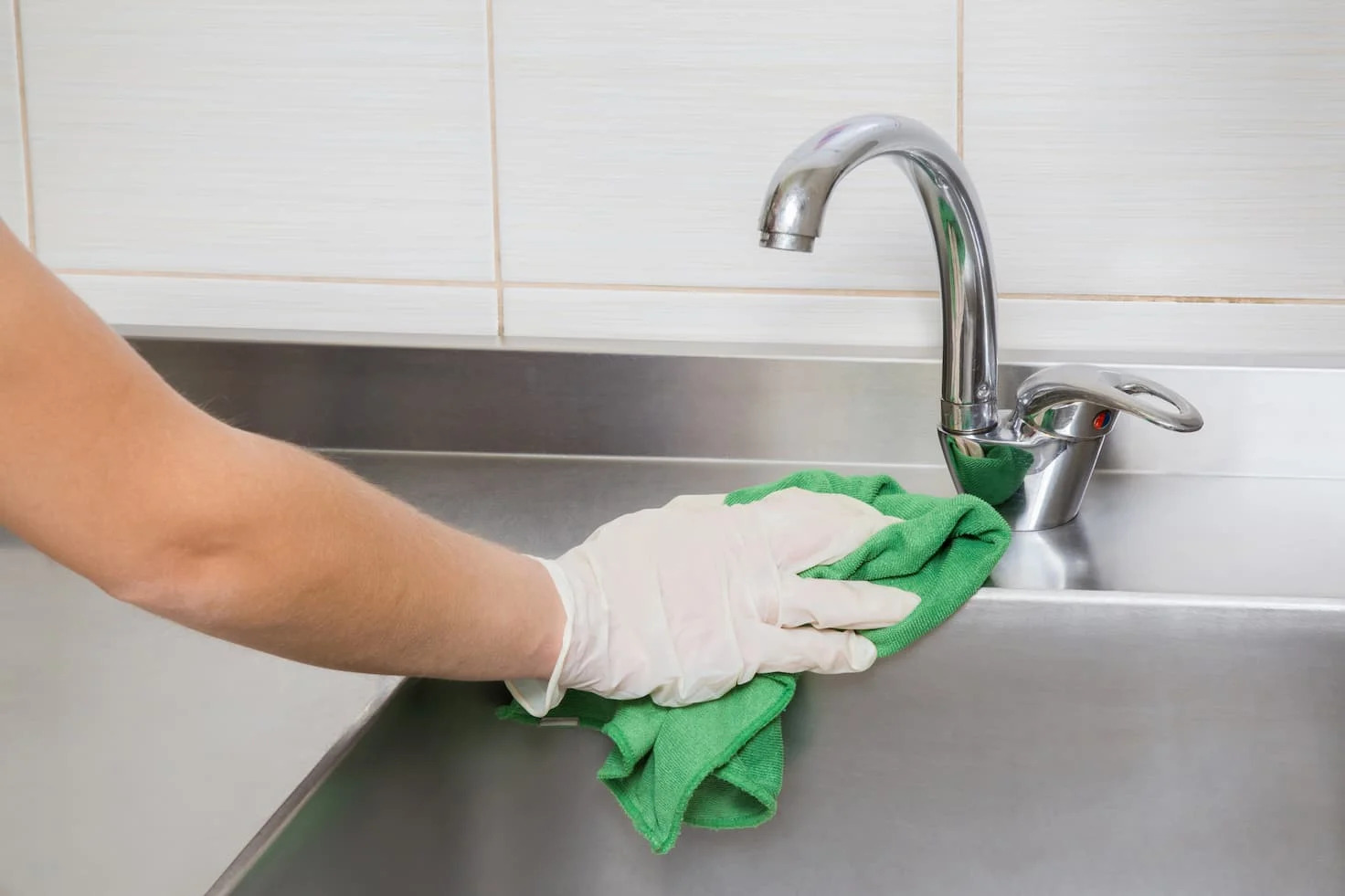
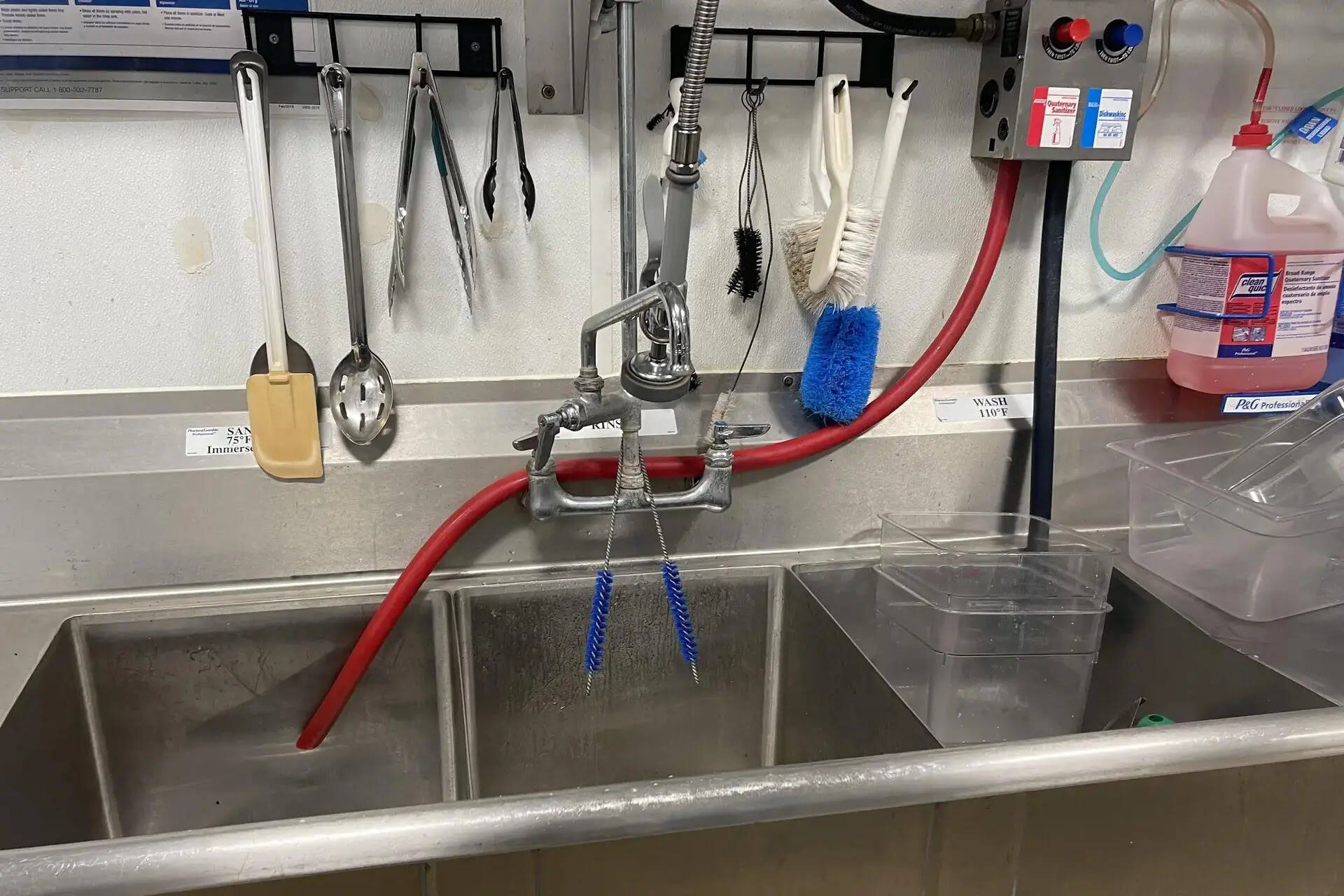
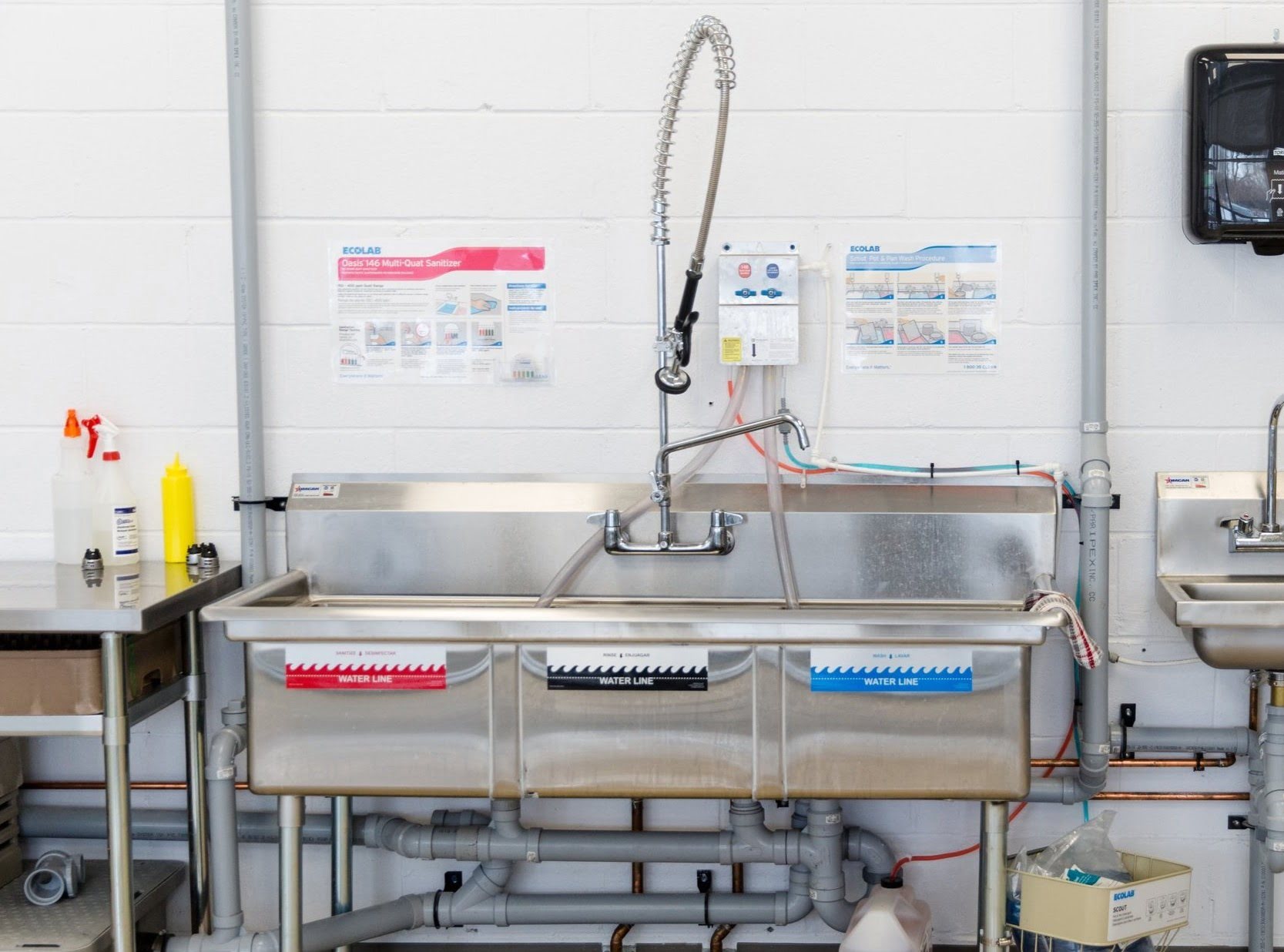
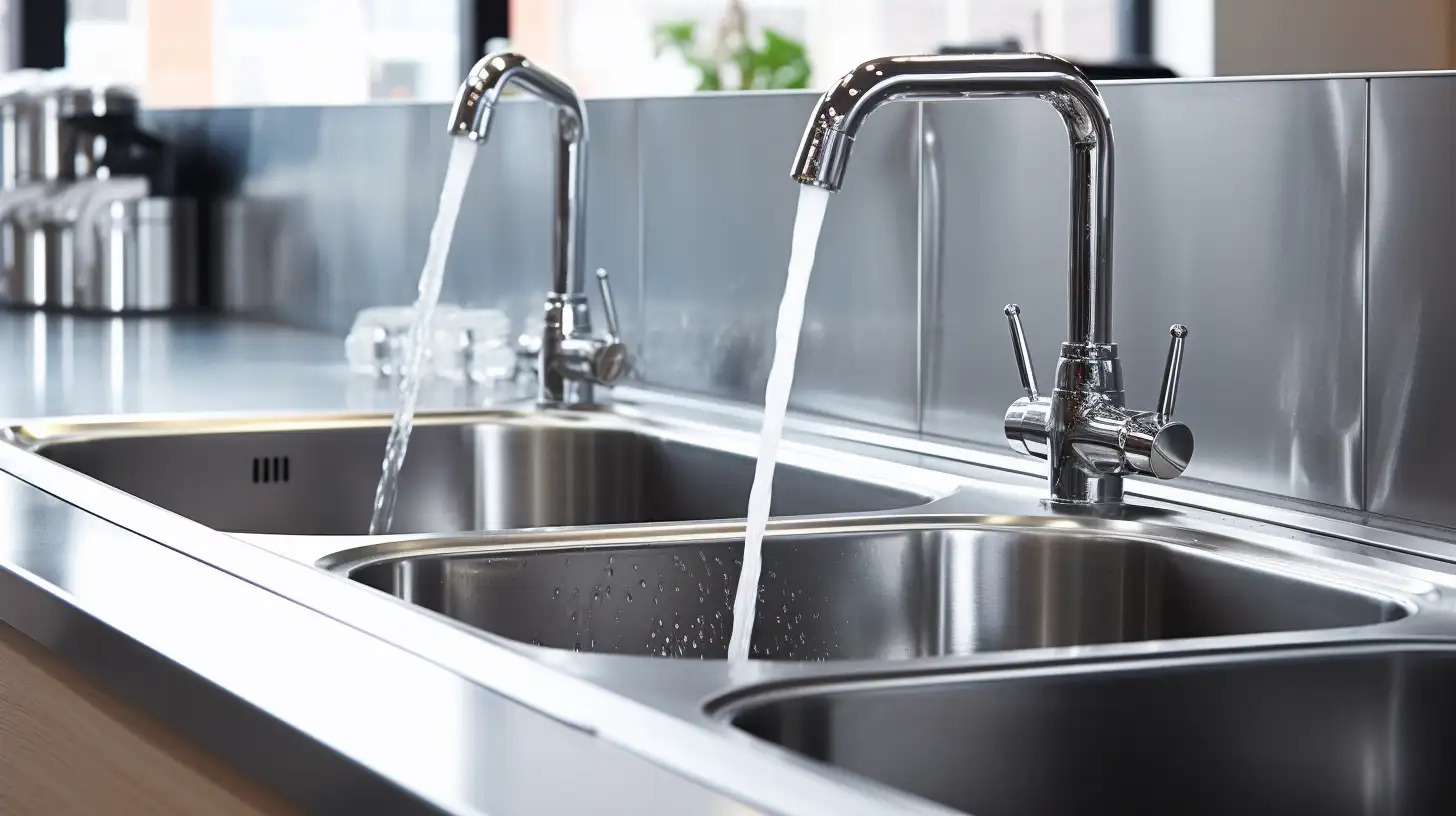
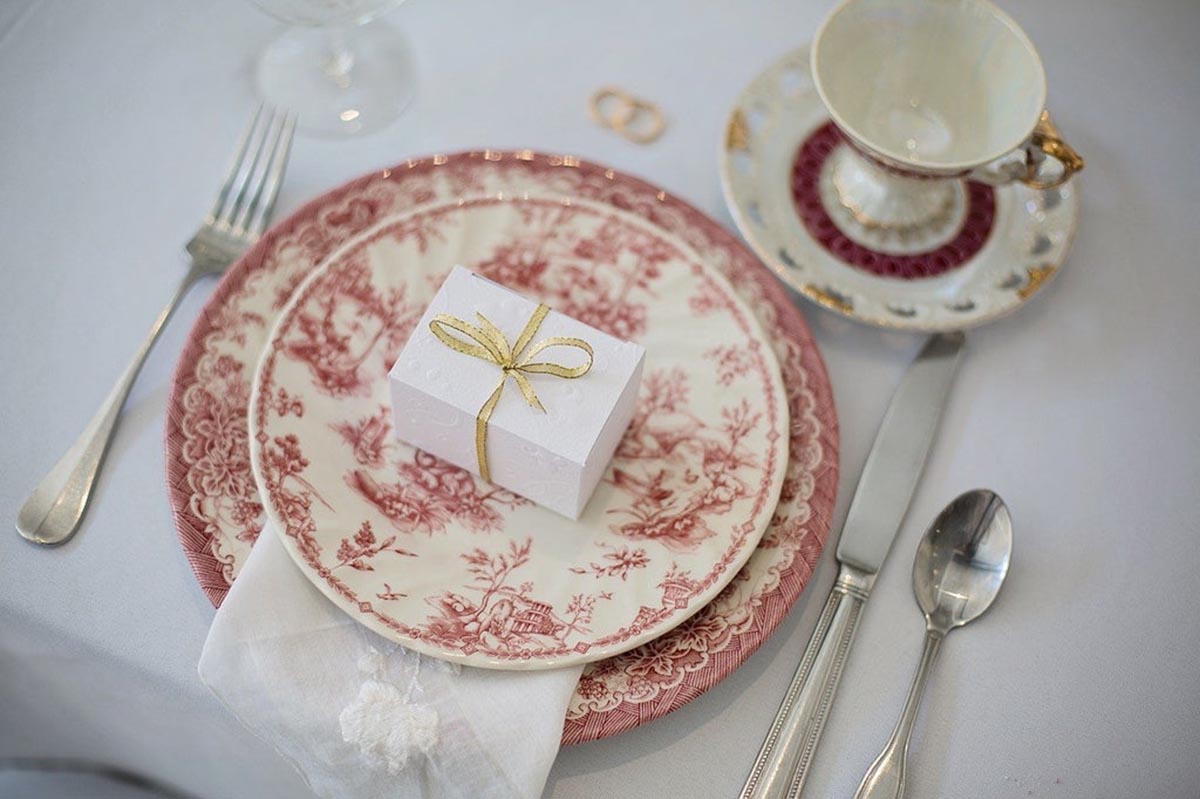
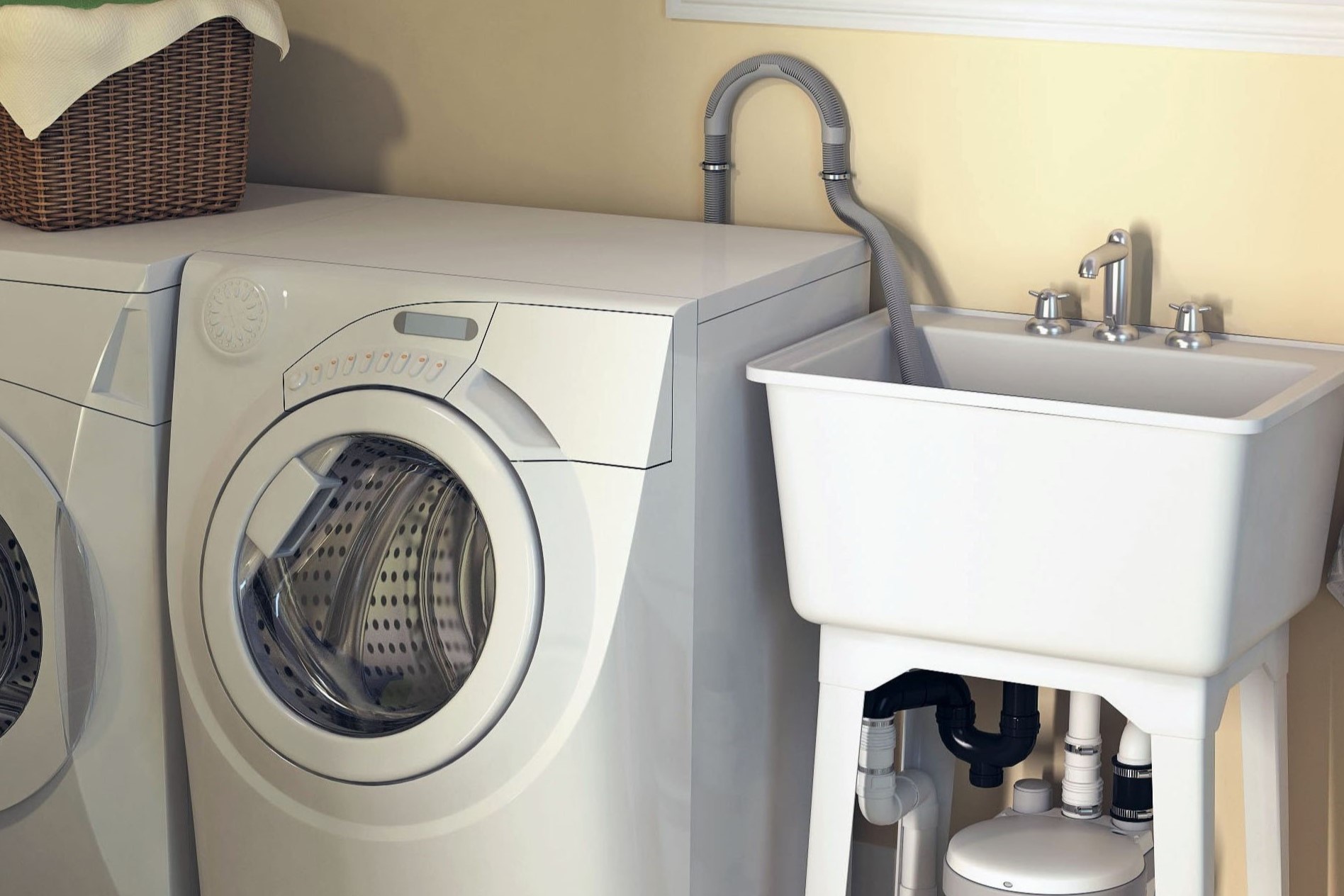
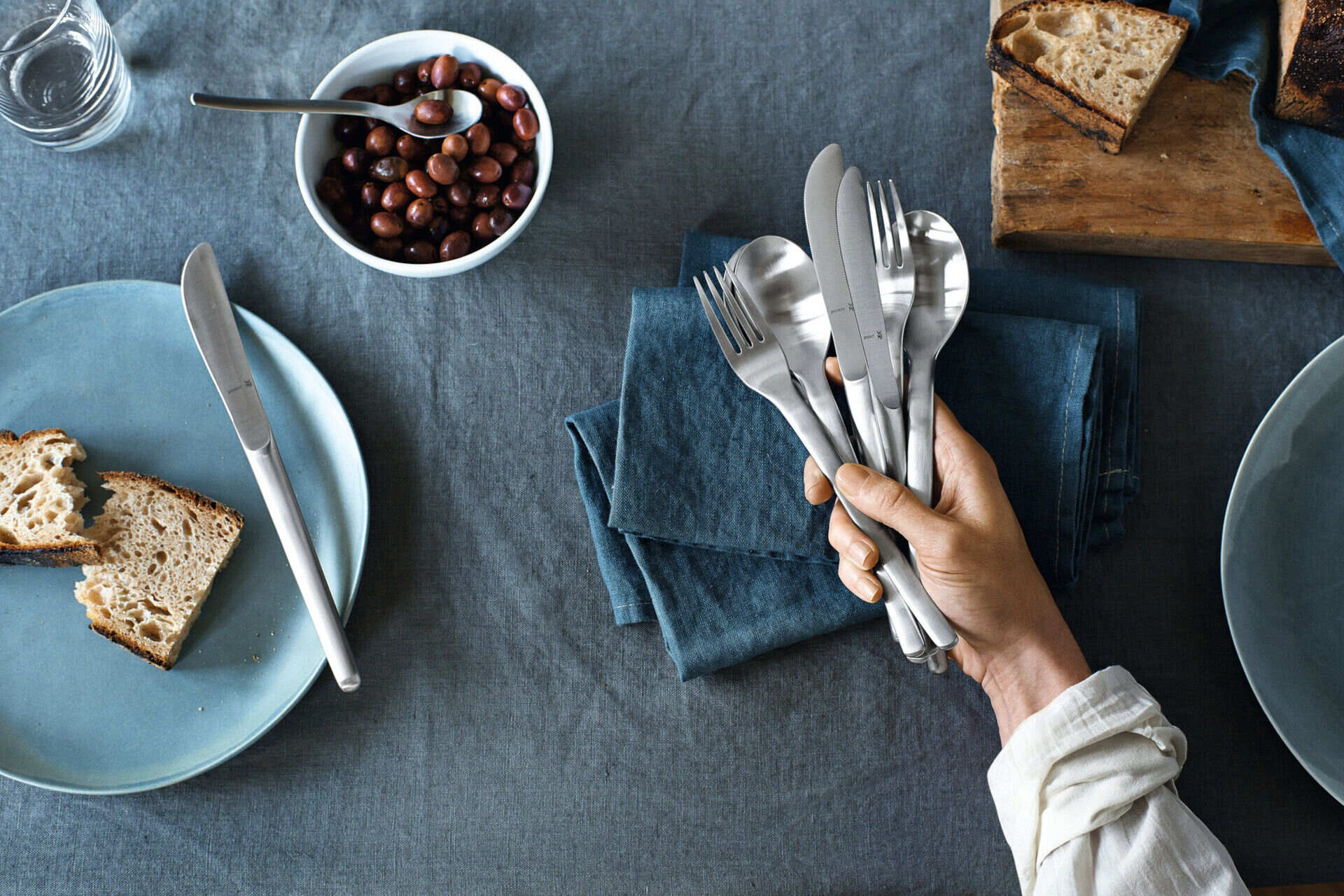


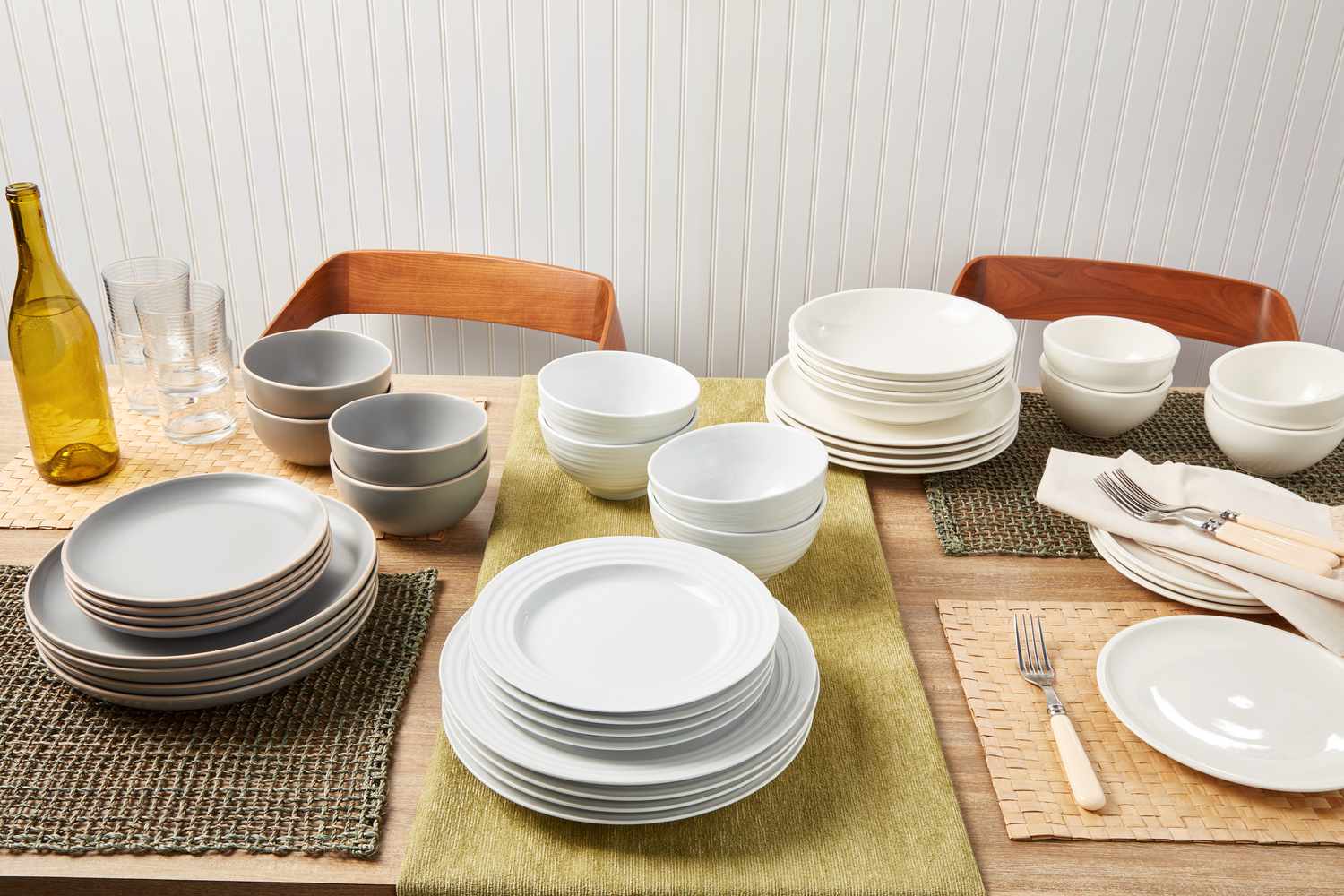

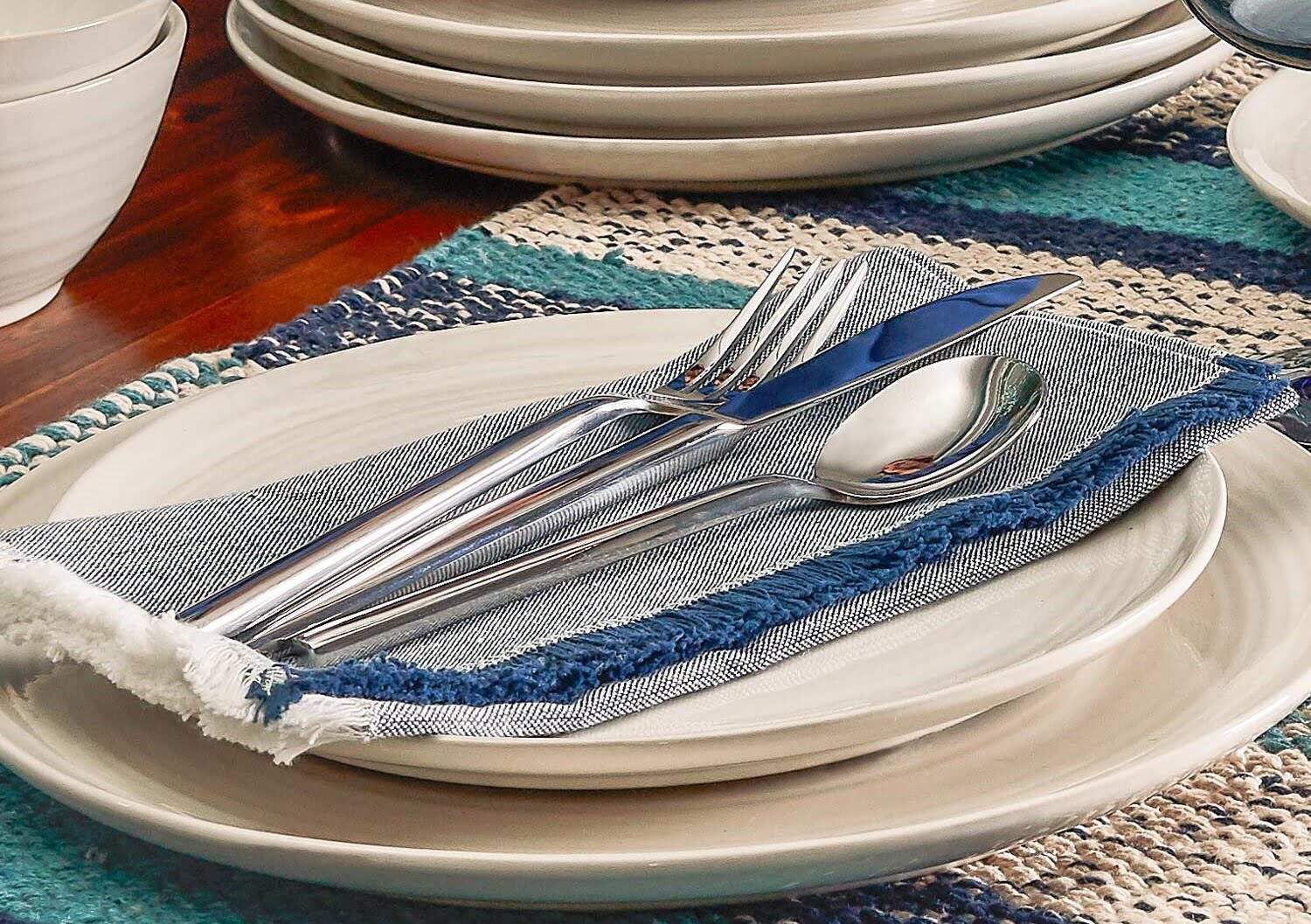
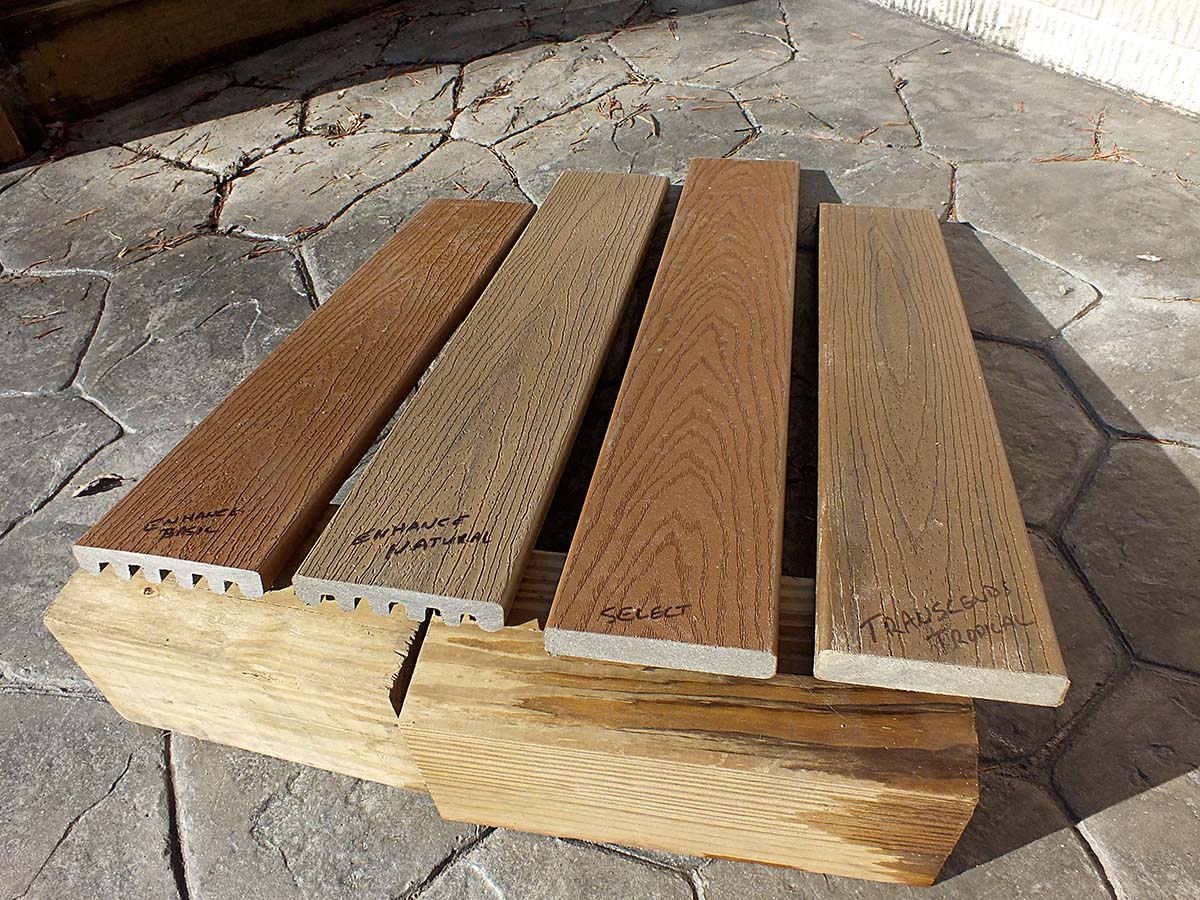

0 thoughts on “How To Wash Tableware In A Three-Compartment Sink”